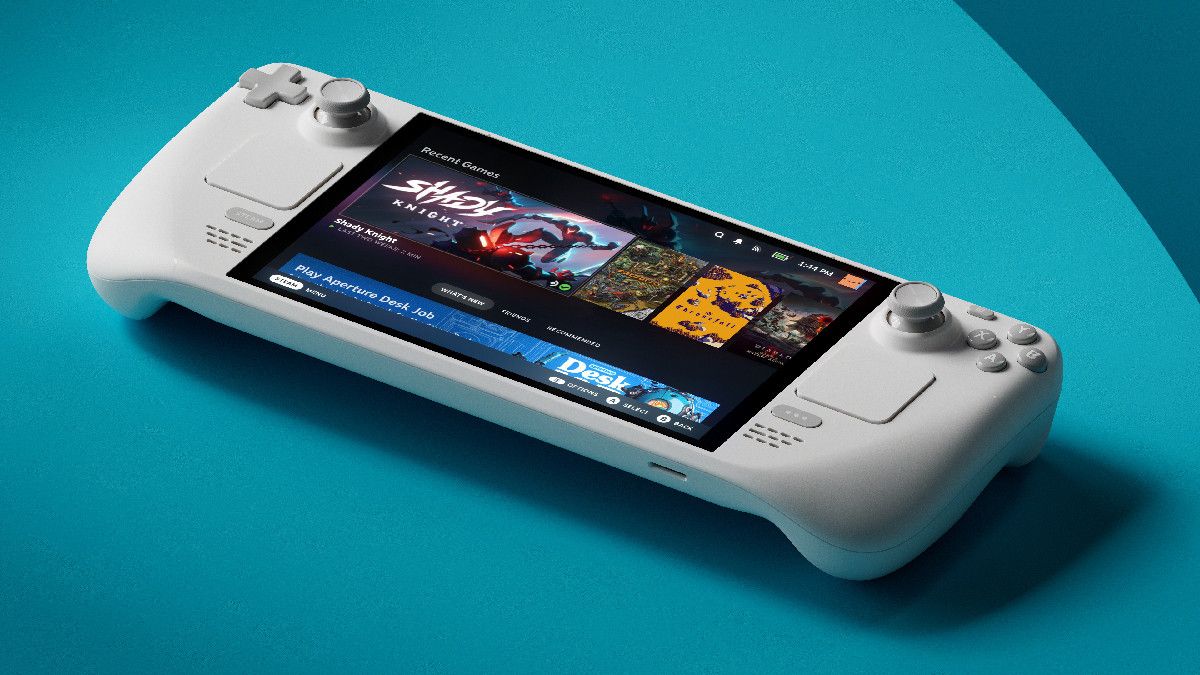Why the Lenovo Legion Go S Is the Best Choice in Handheld Gaming
Before I dive into this, I just want to make one thing clear: my handheld gaming PC upgrade hunt is over for the foreseeable future, thanks to my Lenovo Legion Go S SteamOS (Z1 Extreme) handheld. This is merely my outlook on upcoming devices to encourage some of you to consider alternatives.
Simply put, I don’t think the ROG Xbox Ally X nor its ROG Xbox Ally counterpart are worthy purchases. The level of performance from their processors and immersion from their displays can be found elsewhere, and at better prices.
I’ll give Microsoft some credit for not going completely overboard with its pricing on both devices. While I don’t believe the ROG Xbox Ally X, equipped with AMD’s Ryzen Z2 Extreme, is worth its $999 / £799 / AU$1,599 retail price, it’s still a better choice than spending $1,349 / £1,099 / AU$2,109 for the Lenovo Legion Go 2, which uses the same processor.
The ROG Xbox Ally X: Little Improvement Over Previous Models
The ROG Xbox Ally, using the Ryzen Z2 A processor, is available at $599 / £499 / AU$999. This seems reasonable as a more affordable option, especially considering rumors suggested prices would be much higher. However, there’s much more to consider.
(Image credit: Asus)
The Asus ROG Ally is still a powerful handheld gaming PC that I refuse to part with despite purchasing the Lenovo Legion Go S. The latter is powered by AMD’s Ryzen Z1 Extreme, the predecessor to the Ryzen Z2 Extreme in the ROG Xbox Ally X. Since certain games can’t run on SteamOS, I’ve installed Windows 11 via dual boot on my handheld, and it performs admirably.
It’s clear that the Ryzen Z2 Extreme is more efficient than its predecessor, yielding higher frame rates while gaming at lower TDPs (Thermal Design Power). This can be particularly beneficial for users seeking longer battery life.
However, at higher TDPs, where most gamers seek improved performance, frame rates across several games show minimal improvement—often in single-digit gains. Thus, if your desire for the ROG Xbox Ally X hinges on performance, the benefits are often overstated.
Minor Upgrades Don’t Justify the Price Spike
From what I’ve evaluated, the significant upgrades from the original Asus ROG Ally to the ROG Xbox Ally X lie primarily in battery capacity and RAM (an upgrade of 8GB to a total of 24GB). When the Asus ROG Ally is available at $649 / £599 / around AU$980, the additional $300 for minimal upgrades seems unwarranted.
Valve’s Steam Deck: Still the Best Value
(Image credit: Valve)
It is unsurprising that the Steam Deck LCD and Steam Deck OLED remain high on the list of superior handhelds, arguably still among the best. Their affordability offers significant value, even if they don’t provide the high performance associated with Ryzen Z1 Extreme-powered devices.
The Steam Deck LCD retails for $399 / £349 / AU$649, and it’s currently available at a discounted price of $319.20 / £279.20 / AU$519.20 during Valve’s Autumn Sale.
The Steam Deck OLED is priced at $549 / £479 / AU$899. It not only enhances image quality through its OLED display but also boosts the refresh rate from 60Hz to 90Hz.
Comparing the ROG Xbox Ally to the Steam Deck
In terms of specifications, both the ROG Xbox Ally and Steam Deck feature processors with 4 cores and 8 threads, resulting in similar performance outcomes on paper. However, the 1080p display of the Xbox Ally might seem superior compared to the Steam Deck LCD’s 800p screen. Yet, when comparing it to the Steam Deck OLED, the advantages of the Xbox Ally’s resolution diminish.
In essence, paying $200 more to upgrade from the Steam Deck LCD mainly nets you a battery upgrade and an increase in display resolution. Going from the Steam Deck OLED to the Xbox Ally costs $50 more but primarily offers a battery upgrade.
While I could inundate you with pricing data and technical specifications, the evidence suggests that there are cheaper alternatives that won’t compromise on performance, visuals, or battery life. That’s just my two cents, but I’d love to hear your thoughts in the comments below.
For further details, you can check the original article here.
Image Credit: www.techradar.com















